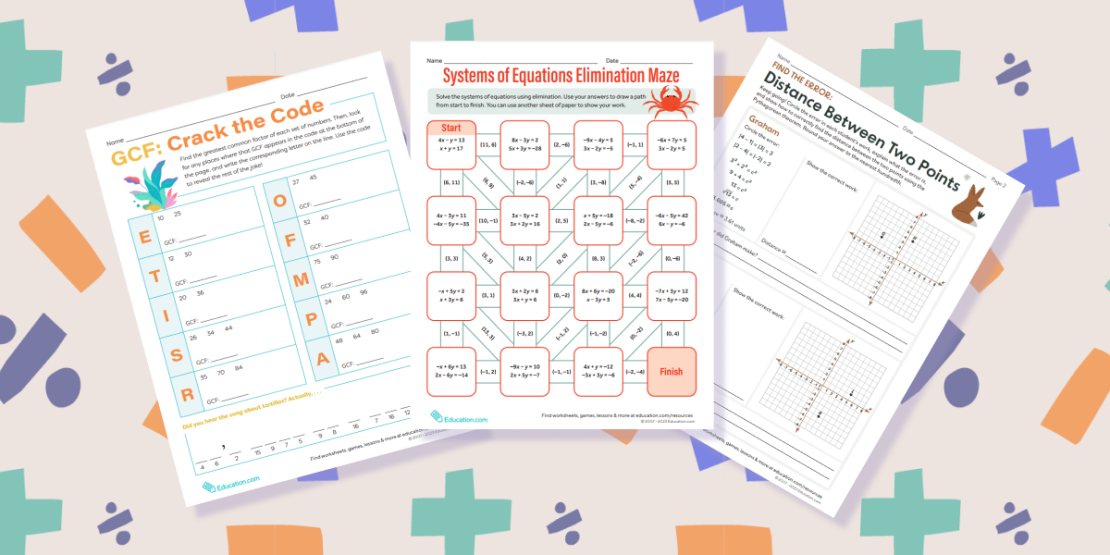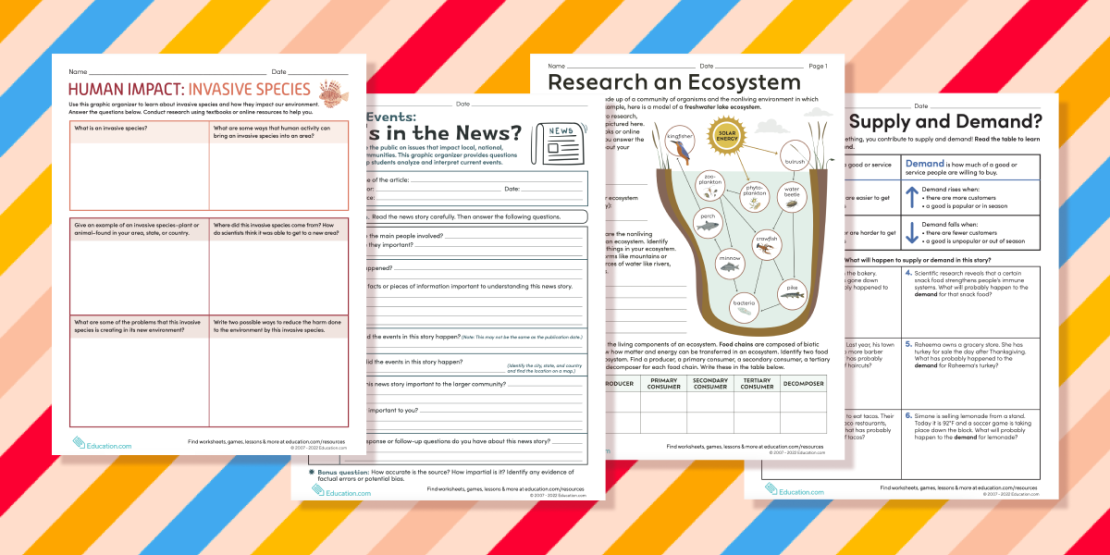As a rising sophomore mathematics major at Harvard University, Dumebi Adigwe had no idea where she was going to live. This week, Harvard announced that it will only allow up to 40% of the school’s nearly 6,800 undergraduate students, mostly freshmen, to stay on campus in the fall, and that all courses will be taught online. Adygwe, 18, received a full scholarship. In her words, the home where she grew up was a “harmful place.” She recently left there and moved in with a friend. She plans to live there only for the summer, counting on Harvard to be partially open. “Now I can’t go back to school. I have nowhere to go,” she said.
For all college students, especially those from low-income backgrounds, the coronavirus has upended years of hard work in and out of the classroom. Campus life at Harvard should provide students with the possibility of building relationships with well-connected peers and professors, as well as a social environment that leads to greater opportunities. Today, that experience is compressed into the possibilities offered through a computer screen.
Princeton, Stanford, Johns Hopkins, and other universities also announced reopening plans this week. Most of these courses will be taught online. (According to the Chronicle of Higher Education, about 60% of colleges and universities plan to allow all students to return to classrooms.)
Harvard will continue to charge full tuition, and the school has said it will allow students who are unable to “make academic progress” at home to return in the fall. However, the process of determining which students qualify is opaque. The form the school uses to evaluate return requests asks students to check various boxes to indicate hardship at home, including whether they own a Microsoft or Apple computer and face food insecurity.
The forms reiterated multiple times that the number of people allowed to return to school was limited, which in the eyes of many students forced them to compete with each other over whose life was more difficult.
Students understand that campus life will not return to normal and that the coronavirus is never the university’s fault. But in interviews this week, Adigwe and more than a dozen classmates expressed dissatisfaction with many aspects of Harvard’s reopening plan — especially the financial aid Harvard will give to every student who qualifies for it and doesn’t live on campus. A $5,000 “room and board” stipend.
In many states, $5,000 a semester is less than a person making equivalent hours working full-time at minimum wage. In addition, the stipend does not match the room and board fees paid by Harvard students. (According to the Harvard website, last academic year, room and board cost $17,682, or about $9,000 per semester.)
Harvard College spokesperson Rachael Dane said the school understands and accepts students’ grievances.
“We are committed to working with students and do so with student participation through the financial aid office.”
For most of her life, 19-year-old Abby Lockhart-Calpito is about to enter her sophomore year, and her family has struggled with homelessness. She said she was worried that $5,000 would not be enough to cover her room and board needs for an entire semester, especially after losing her on-campus job while living in the dorms and making it difficult to find work during the pandemic.
“I know that most Harvard students have a place to call home and a comfortable place to study, but that is not the case for me and many others,” Lockhart-Kelpito wrote in an email.
Hana Kiros, 20, a rising junior, said the $5,000 amount seemed arbitrary — and had no bearing on the actual cost of living for students and their families. “This amount of money may be a lifeline for students who rely solely on financial aid, but it may be a drop in the bucket for students who barely meet the financial aid threshold.”
In response to Harvard’s announcement, some students said they were looking for cheaper housing in the Midwest. Some people want to take a gap year. Some worry they may have to drop out of school altogether. Many people are organizing protests because they believe the school is not considering their basic needs.
“At Harvard, living in a dormitory is a luxury,” Lockhart-Carpito writes. “Now that I have to worry about housing next year, I’ve been battling a variety of emotions.” She said she believes schools must address the challenges faced by first-generation, low-income students, often abbreviated FGLI. “Harvard needs to do better,” she wrote.
Elite Education
Founded in 1636, Harvard is the oldest university in the United States and the richest in terms of the size of its endowment. It first adopted a major financial aid program in 1934 and moved early to a non-economic admissions approach, in which students are admitted regardless of their financial status.
In 2004, the school launched a financial aid program that waives tuition for families with annual incomes below $40,000. (That number is now $65,000.)
Today, the school says 55 percent of its students receive need-based scholarships and 20 percent receive full scholarships. (Full tuition is $49,653.)
“These students are now an integral part of Harvard and how the school sees itself, its student body, and its identity,” said The Chosen: The Hidden History of Admissions at Harvard, Yale, and Princeton. Jerome Karabel, author of Admission and Exclusion at Harvard, Yale and Princeton.
But some scholars say the school’s clear mission in its first centuries (to perpetuate that class by educating the sons of white gentlemen) is at odds with its established role now (a beacon of pluralism and democracy accessible to all who deserve admission) and its prestigious education), there remains a fundamental tension.
These students, who come from diverse and often disadvantaged backgrounds, often appear in school promotional materials. They are held up as proof of Harvard’s egalitarian ethos, in which the best students are admitted regardless of circumstance or background. But in a crisis, they are even more vulnerable.
Shortly after the coronavirus first forced students off campus this spring, rising senior Nicholas Wyville, who lived in a remote Southern town with limited access to the internet, told the Harvard Crimson (Harvard Crimson), that remote learning increases inequality.
“The only equality at Harvard is that we all live together and have the same room and board. We live together, eat the same food, have the same faculty,” Wavell told The Crimson. “But if you take away campus and residential life, you take away equality.”
The fact that Harvard will continue to charge full tuition signals to frustrated students that it believes the coming year of teaching will match the value of growing and learning on campus.
“Moving online may not diminish the value of the Harvard College brand, but it will severely diminish if not outright hinder, our ability to connect,” students said in a petition circulating this week calling on Harvard to Universities are offering more support to “low-income, working-class and students from disadvantaged backgrounds”. Dane said the school had seen the petition but did not say whether it planned to respond.
Tough Decisions
Harvard allows students to defer their education for a year, so many people in the group chat are discussing this possibility.
Quiros is also considering this option. “My life was completely ruined,” she said. But she’s also a first-generation American whose parents “came to this country, you know, in part to give their children a better life,” Quiros said. “Gap years or gap semesters are a very foreign concept to them.”
Penelope Alegria, 18, a freshman, is deciding whether to spend her first semester on campus or stay home in Chicago. She wants to make new friends and experience campus life. However, if you go to school, the school has strict social distancing policies, and this semester will not be the typical freshman life of throwing Frisbees in the campus square.
Alegría noted that the lack of public space can be particularly difficult. In the information provided to students, Harvard said: “Most facilities such as common rooms, gyms, and large gathering spaces will not be open.”
“It’s really bad,” Alegría said. Additionally, her parents were from Peru and would rather she stayed home, and she knew how much they needed the $5,000. “They feel like, ‘I mean, you can still go to school, and they’re probably going to give you money to go to school, so, I don’t know what you’re crying about,'” she said.
Some students worry that taking a gap year will cost them scholarships and housing. Dane said financial aid will not be eliminated for any needy students, but housing is not guaranteed.
“We allowed students to make an informed choice and shared with them the specific circumstances under which the school would allow them to return after taking leave,” she said. “They need to make an informed choice that’s best for them.”
For Rani Shagarabi, 21, Harvard’s problems are incurable. He believes the school claims to meet the needs of minorities and the poor, but only serves its interests. “They just don’t match their words with their actions,” he said.
In May, despite receiving a full scholarship, he decided to drop out and stay home in Atlanta rather than return for his senior year.




